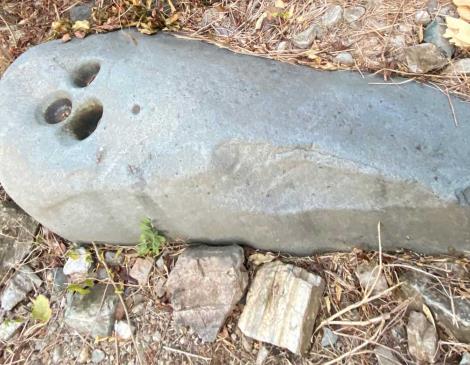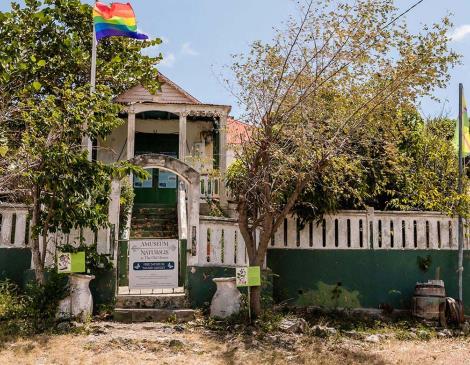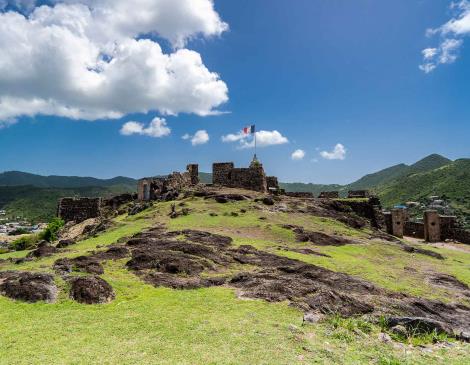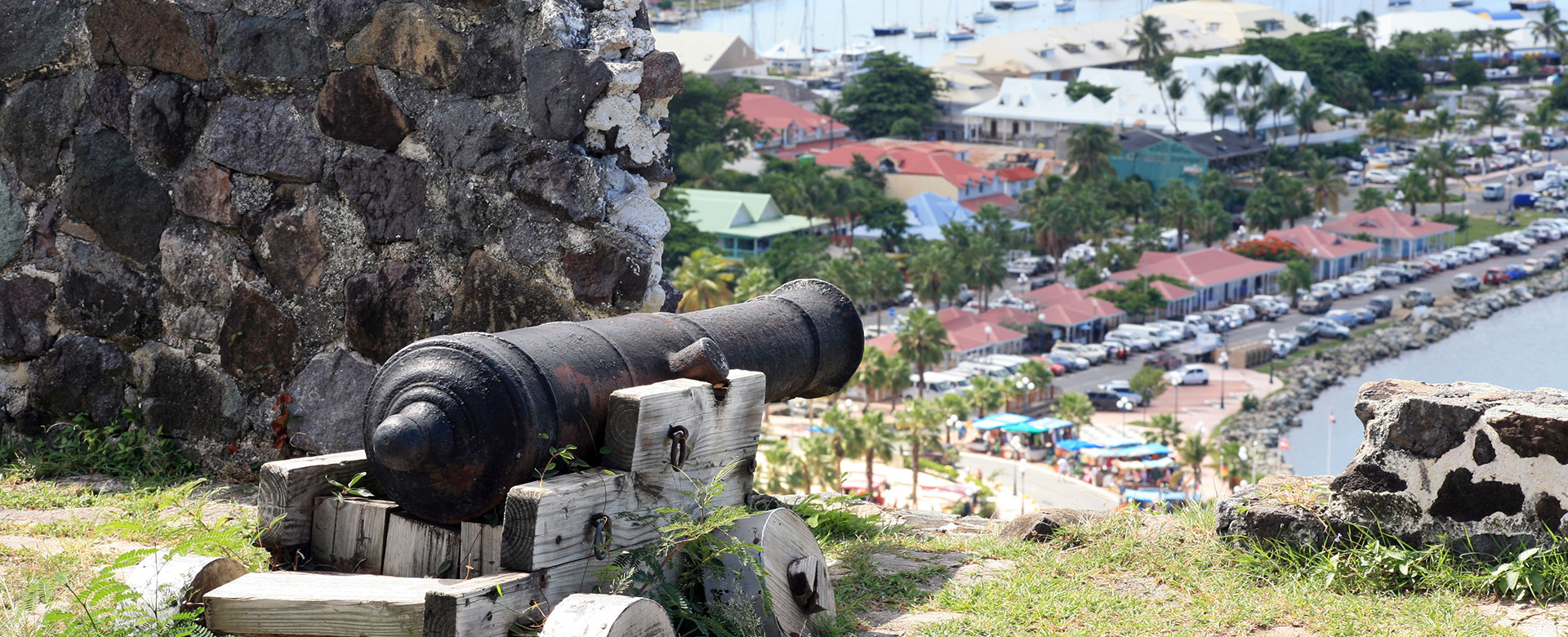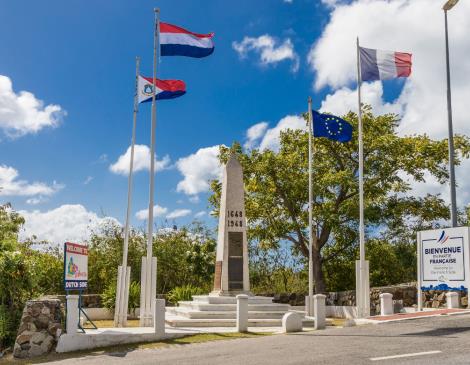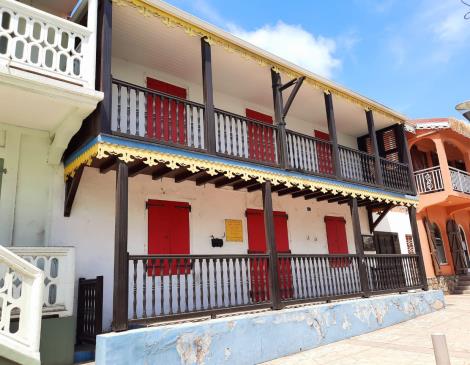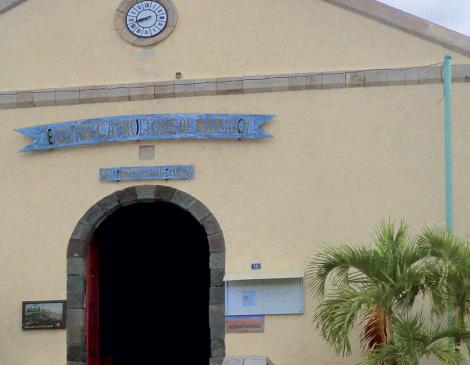The early history of St. Martin was marked by successive invasions of civilizations and tribes from Venezuela, and the Yucatan and Orinoco areas. These Native American cultures influenced St. Martin until the 15th century. When Christopher Columbus discovered America, the native settlements were wiped out by successive arrivals of European people. St. Martin was a land that was heavily influenced by invasions and strategic wars between the dominant nations of that time (England, The Netherlands, France, Spain, and Portugal).
On March 23, 1648, the French and the Dutch signed the Treaty of Concordia and divided the island between them. The goal of this treaty was to recognize both the dual nationality of the island, and its unity. The history of St. Martin was therefore forged on mutual respect between civilizations and the sovereignty of nations.
On May 27, 1848, France abolished slavery and went down in the history of mankind, taking St. Martin along with it. In 1863, fifteen years after the French, the Dutch side of the island also abolished slavery. In 1943, right in the middle of a world war, the American Navy built an airport at the current location of the Princess Juliana International Airport, on the Dutch side of the island. It became a significant airbase for the United States and this was a turning point in the history of St. Martin. A new way of life emerged in the 1960s, characterized by a freedom of expression and the freedom to expose the body. Consequently, the island became an ideal vacation destination and would go from strength to strength until it became the perfect Caribbean destination we can see today.
There are still many traces of St. Martin’s glorious past. Discover some historic monuments and remarkable places in the picturesque villages across the island. To really experience the soul of St. Martin, make sure you visit.

